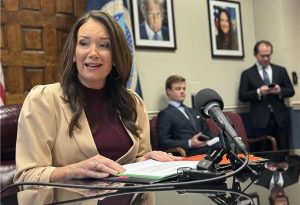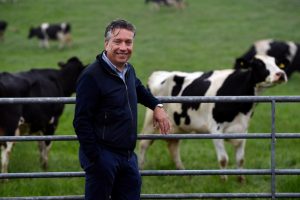
Figures from the association reveal 879 dairy herds were in operation at the start of this year, which is down from 5,735 herds when records began back in 1903.
Although the industry lost 27 herds, 15 new ones appeared through either new set-ups or farms being bought and dairying restarting, which meant there was a net loss of 12 herds last year.
SDCA secretary, Janette Mathie, said: “In 2019 we saw a lot of uncertainty for some dairy farmers within Scotland, but many others have made the commitment to make dairying their future and for the generations that follow.”
She said Aberdeenshire lost two herds, while Lanarkshire and Wigtownshire showed a net loss of three and four herds respectively. Ayrshire showed a net increase of three herds over the year.
SDCA figures also reveal the total number of dairy cow numbers decreased by 1,048 to 178,490, however the average herd size was up by two to 203.
NFU Scotland’s milk committee chairman, John Smith, said it was the first time in many years when dairy herd and dairy cow numbers both fell.
He said: “The reduction in herds has been a long-term trend but to see cow numbers falling is more of a concern.
“On a positive note, new herds continue to be established which underlines our belief that there is a great future for dairy production in Scotland.”
Regional herd numbers and average herd size included: Aberdeenshire 25, 199; Angus, seven, 213; Argyllshire, 10, 173; Caithness, two, 61; Inverness, one, 128; Moray, five, 358; Orkney, 17, 114; Ross and Cromarty, one, 120; and Shetland, four, 54.

























